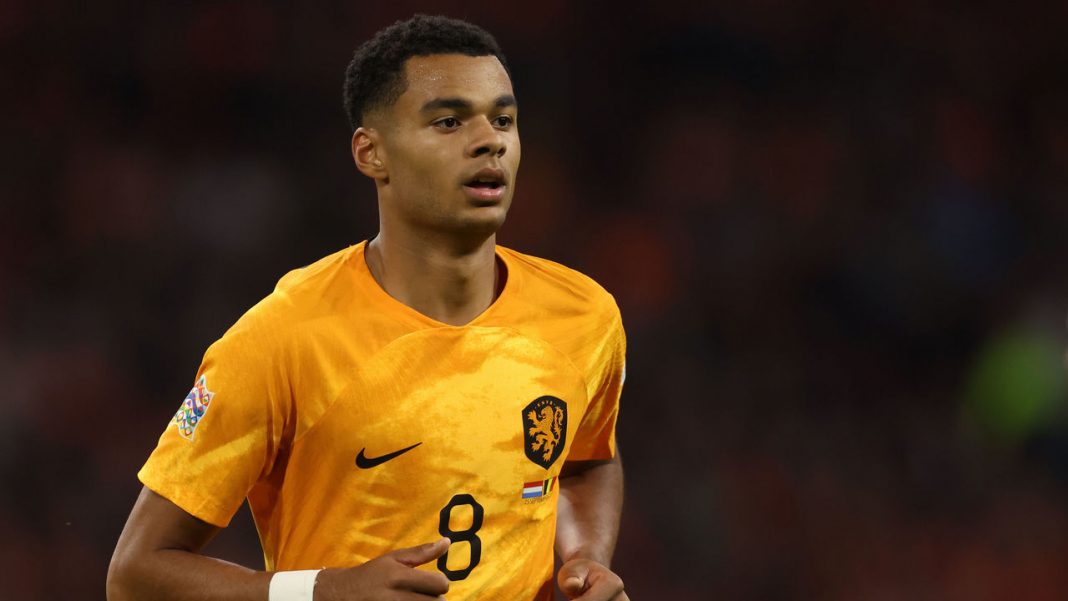At every major tournament, numerous youngsters and underappreciated stars boost their reputation and value with standout performances. Here, theScore selects a potential breakout player for each national team at the 2022 World Cup.
Group A

Qatar: Akram Afif. Defender Boualem Khoukhi and goalkeeper Saad Al Sheeb could be the busiest Qatari representatives at the tournament, but don’t be surprised if Afif makes the biggest name for himself. His quality stands far above many of his international teammates and has earned him spells in Belgian and Spanish football. Afif only turned 26 on Friday, so another European side could take a punt on the winger.
Ecuador: Moises Caicedo. Ecuador underwhelmed during its run to the World Cup, but expect 21-year-old Caicedo to turn heads as the engine room in Gustavo Alfaro’s outfit. “His physicality, his self-confidence, his mentality,” Alexis Mac Allister told theScore when asked about what impresses him most about his Brighton & Hove Albion teammate. “I think he’s got everything to become a top player – he already is a top player, but maybe in a big club.”
Senegal: Abdou Diallo. The Lions of Teranga conceded just twice in 660 minutes en route to Africa Cup of Nations glory earlier this year, so expect them to lean on their stingy defense once again at the World Cup. Diallo, 26, was immovable from Senegal’s lineup at AFCON, and, after being involved in expensive deals earlier in his career, his stock could recover in dramatic fashion.
Netherlands: Cody Gakpo. The PSV Eindhoven winger idolized Thierry Henry growing up, and his tendency to drift inside from the left is reminiscent of the Arsenal icon. The 23-year-old’s distribution is also impressive, and he’s surprisingly explosive for someone who stands at 6-foot-2. Gakpo has nine goals and 12 assists over 14 Eredivisie appearances from the left flank this season but mostly operates as a No. 10 for Louis van Gaal’s Netherlands.
Group B

England: Callum Wilson. The 30-year-old was among Gareth Southgate’s surprise inclusions for the tournament, with many preferring Ivan Toney over the Newcastle United striker. There’s no doubting Wilson’s eye for goal. He’s scored 26 goals despite starting only 49 Premier League games for the Magpies and could make a significant impact off the bench in Qatar.
Iran: Saeid Ezatolahi. Mehdi Taremi waited too late to make the move to Europe, but the same can’t be said for Ezatolahi. The midfielder, who joined Atletico Madrid at 17, is now with Denmark’s Vejle and is an aggressive, brawny operator in Iran’s midfield. His energy and decent pressing range are vital to Carlos Queiroz and his team.
United States: Jesus Ferreira. Walker Zimmerman and Cristian Roldan have enough ability to earn late-career moves to Europe, but it’s Ferreira who could be thrust firmly into the spotlight while he profits from the work of the USMNT’s talented hoard of attacking midfielders and wingers. The 21-year-old was named MLS Young Player of the Year after racking up 18 goals and six assists for FC Dallas in 2022.
Wales: Neco Williams. The right-back has quickly become a popular figure at Nottingham Forest since his summer transfer from Liverpool. For Wales, Williams regularly crops up on the left to accommodate fellow full-back Connor Roberts, but that doesn’t diminish the 21-year-old’s contributions. He’s got boundless energy as he sprints up and down the flank, and he could tally an assist or two thanks to his pinpoint crossing.
Group C
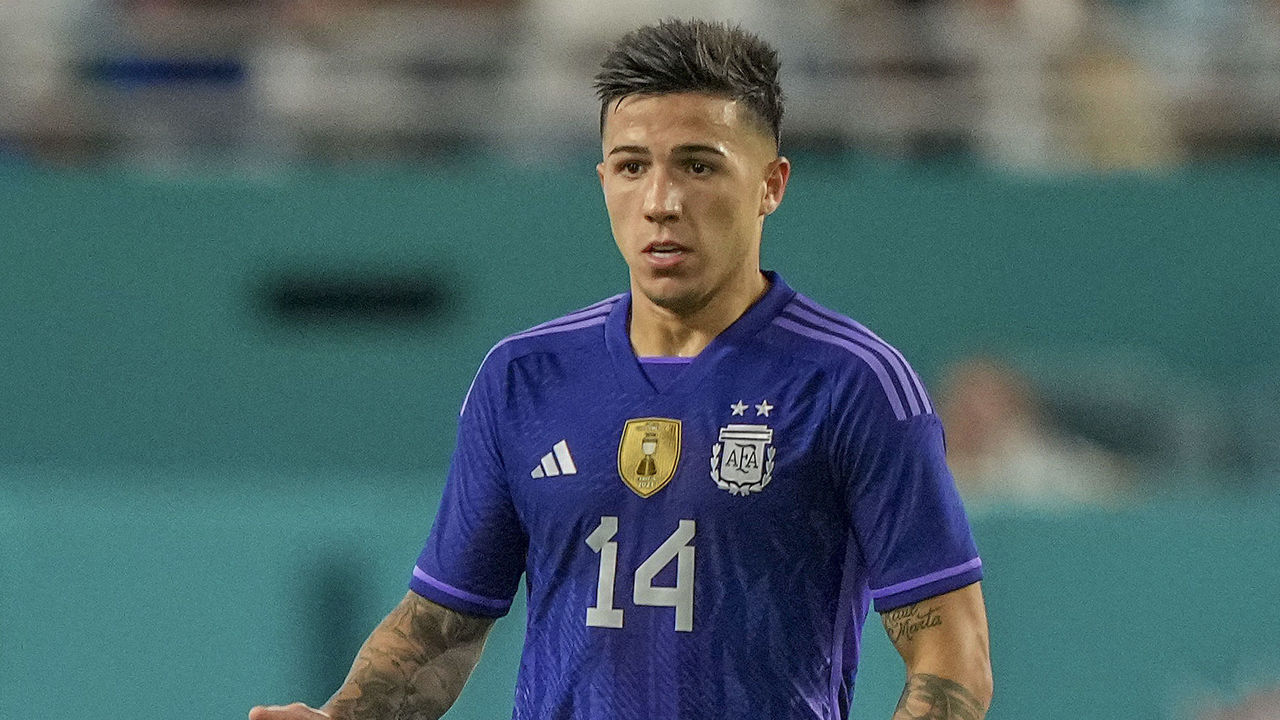
Argentina: Enzo Fernandez. Giovani Lo Celso’s absence through injury has left a gap in Lionel Scaloni’s three-man midfield, and Benfica’s 21-year-old porteno could add bite and excellent spatial awareness to the center of Argentina’s lineup. The slick passer largely operates as part of a double pivot in a 4-2-3-1 formation for his club – a shape Scaloni sometimes opts for – while his inclusion in a 4-3-3 could result in Leandro Paredes being given more license to roam as a No. 8.
Saudi Arabia: Firas Al-Buraikan. There will be tough competition for Saudi Arabia’s No. 9 spot, with Saleh Al-Shehri pushing hard after notching seven goals over 13 qualifying matches. However, Al-Buraikan should be starting his country’s opener against Argentina after the athletic target man hit form for a rather average Al-Fateh side in the Saudi Pro League.
Mexico: Edson Alvarez. It’s hard to believe Alvarez first made his name as a defender for Club America when you witness his elegance at the base of midfield for Ajax and Mexico. He’s the vital link between defense and attack, sometimes orchestrating play from a deep position or selflessly pushing higher up to act as a decoy for his attackers. At just 25, Alvarez has plenty of time to earn himself a big-money transfer from the Netherlands.
Poland: Karol Swiderski. Poland made a habit of scoring late in qualifiers, so substitutes could shine for Czeslaw Michniewicz’s side at the tournament. Charlotte FC’s Swiderski, 25, scored five times during the World Cup qualification cycle despite starting only four games. Fellow backup Adam Buksa – who was playing for the New England Revolution in Major League Soccer until May – was similarly dangerous during Poland’s road to Qatar but hasn’t hit the ground running at Ligue 1’s Lille.
Group D
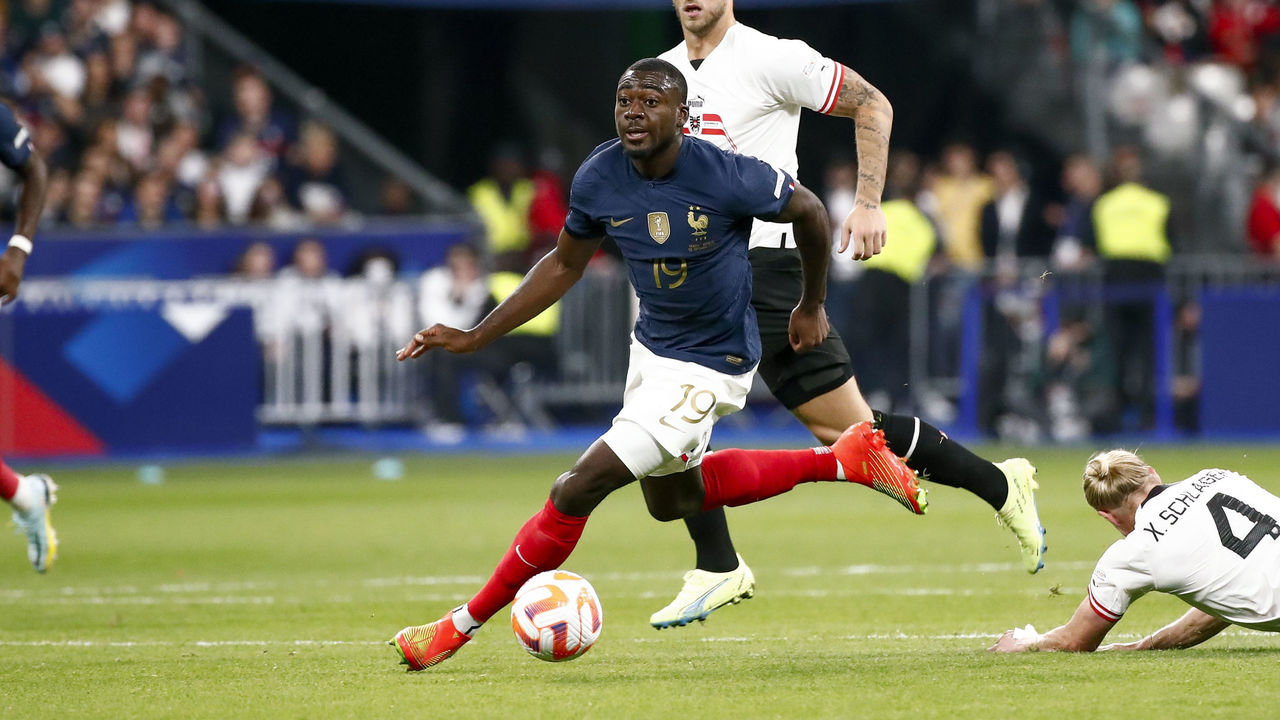
France: Youssouf Fofana. The 23-year-old made a late dash into Didier Deschamps’ roster after making his first two appearances for Les Bleus in September, and he’s now pushing to be a starter in Qatar due to injuries to N’Golo Kante and Paul Pogba. AS Monaco’s Fofana relishes tackles and is a progressive passer from the No. 6 position, and he knows a standout campaign could earn him a blockbuster move to rival the fees Real Madrid paid for fellow France youngsters Aurelien Tchouameni and Eduardo Camavinga.
Australia: Jason Cummings. The former Scottish international, who qualifies for Australia through his mother, has attracted negative headlines for his off-field antics in the past, but his sense of humor and overall eccentric behavior could help make the Socceroos the tightest team at the tournament. The 27-year-old made the World Cup squad after his January move to Central Coast Mariners, where he’s scored 12 goals and provided eight assists over 24 A-League outings.
Denmark: Andreas Skov Olsen. The reputations of Mikkel Damsgaard and Joakim Maehle probably rose most during last year’s run to the European Championship semifinals, so now it’s time for the other flank to shine. Club Brugge winger Skov Olsen, 22, has proven his tactical intelligence with Denmark: He moves inside to make room for the right-back or pick holes nearer the middle of defenses, and he can stay wide to deliver crosses. His pace will cause problems.
Tunisia: Ellyes Skhiri. Skhiri is an invaluable tactical piece for Tunisia, dropping into defense to allow the full-backs to advance while he pushes well-timed passes upfield. He’s completed more tackles and passes in the Bundesliga than any of his FC Koln teammates and ranks second for interceptions.
Group E
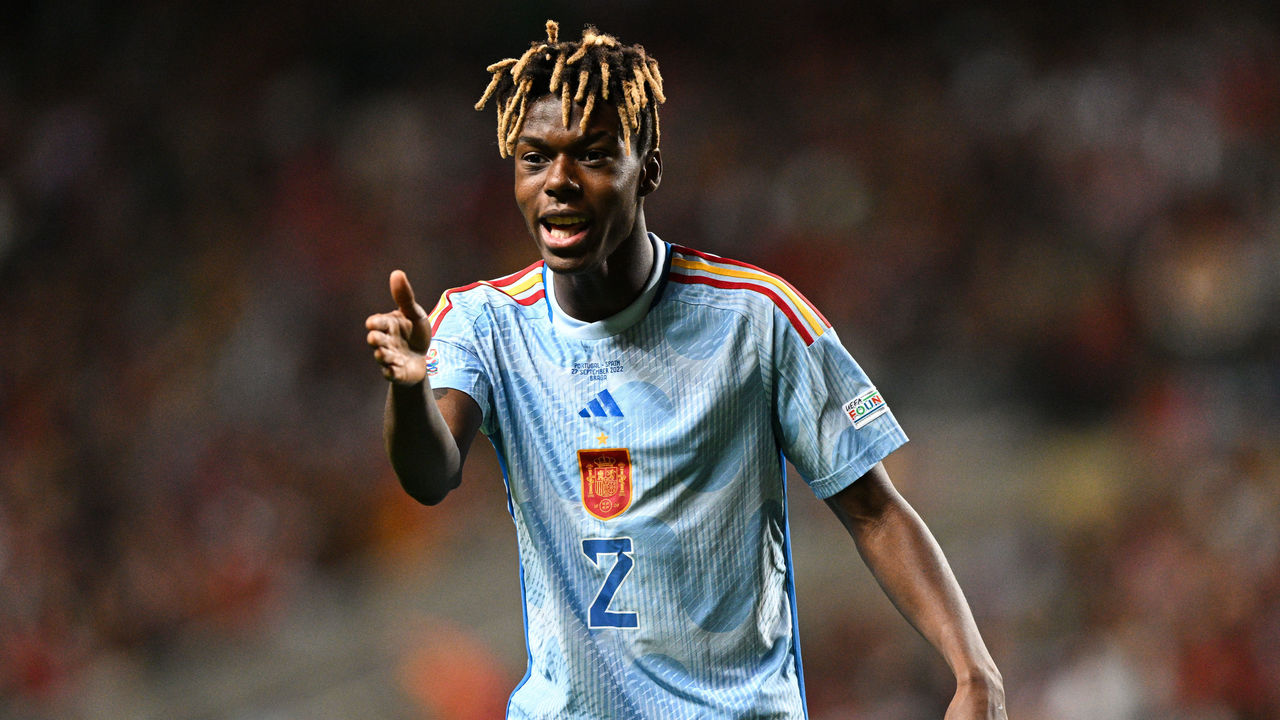
Spain: Nico Williams. Pedri and Gavi’s outrageous potential has already been recognized with numerous individual awards, so they can’t be chosen. Meanwhile, Williams is on the cusp of breaking into Luis Enrique’s XI and could be a genuine breakout star in Qatar. The winger – who’s the younger brother of Ghana’s Inaki Williams – is pacey and full of tricks, and he could be a more daring selection in attack over the tactically minded Dani Olmo.
Costa Rica: Jewison Bennette. The 18-year-old has made a quick impression at Sunderland despite only appearing nine times as a substitute in the Championship. However, manager Tony Mowbray is refusing to answer fans’ calls for Bennette to play more until he settles on Wearside. “Let us hope when the next World Cup comes around, he has played 100 or more games for us and he is a big name on the international stage. He has the talent to do that,” Mowbray said.
Germany: Karim Adeyemi. Jamal Musiala is destined for superstardom, but let’s not pick the low-hanging fruit here. Adeyemi has room to improve, but his confidence and breakneck speed will be a valuable weapon off the bench for Hansi Flick. The 20-year-old’s summer move to Borussia Dortmund was disrupted by an untimely injury, but his quality was clear when he raced to 19 goals and five assists for Red Bull Salzburg in the Austrian Bundesliga last term. “He’s a difference maker,” Dortmund boss Edin Terzic said recently.
Japan: Takefusa Kubo. The 21-year-old has one of the more recognizable names in Hajime Moriyasu’s ensemble from his time on the books of both Barcelona and Real Madrid. He’s now with high-flying Real Sociedad where he’s earned his side six extra La Liga points with his two goals and two assists. He also leads his club teammates in attempted dribbles.
Group F

Belgium: Leandro Trossard. Charles De Ketelaere set the hype machine into overdrive through his exploits at Club Brugge, but his displays since his summer move to AC Milan showed he still has a lot to learn. Trossard, on the other hand, is the finished article and could take this tournament by storm if Roberto Martinez has the bravery to start him over one of Belgium’s veteran squad members. Brighton’s Trossard, 27, has seven goals and two assists in the 2022-23 Premier League season.
Canada: Ismael Kone. The 20-year-old’s composure, distribution, and ability to ride challenges are among the many reasons the midfielder has enjoyed a rapid ascent from semi-professional football in Quebec. “With one touch he would eliminate two or three players easily,” Rocco Placentino, sporting director of Kone’s former club CS Saint-Laurent, recalled of his first impressions of Canada’s exciting talent for theScore’s recent feature.
Morocco: Sofyan Amrabat. Many World Cup viewers will be more familiar with Amrabat’s older brother, former Watford winger Nordin Amrabat, but Sofyan’s in the process of outdoing his sibling through his performances for Fiorentina. Morocco can be porous in midfield, but with the ball, the younger Amrabat is an ambitious passer, composed, and extremely difficult to knock off the ball.
Croatia: Luka Sucic. Red Bull Salzburg are known for their conveyor belt of talent, and Sucic has the potential to become a quality winger. The 20-year-old won’t be an immediate starter in Qatar, but Ivan Perisic is 33 and Zlatko Dalic hasn’t settled on a regular player for the right flank. Sucic’s energy off the ball and willingness to test the goalkeeper could be valuable assets for Croatia as it journeys through the tournament.
Group G

Brazil: Gabriel Martinelli. Is there a Brazilian player who hasn’t broken out? Martinelli is the closest thing to it. The 21-year-old has established himself as a regular starter for Premier League leaders Arsenal, scoring five goals and assisting twice, but he’s one of the least experienced members of Tite’s squad with just three caps. It’ll be tough to break into this lineup, but if Martinelli gets a chance, you can trust he’ll make an impact with his ridiculous speed and lush dribbling.
Serbia: Strahinja Pavlovic. Serbia’s frontline grabs most of the attention and rightly so, but scouts will undoubtedly take a keen interest in 21-year-old defender Pavlovic. He’s an imposing figure at 6-foot-4 and uses his body to intimidate and overpower opponents in duels. Despite his brutish physicality, he’s also a tidy ball-player and is improving quickly with Red Bull Salzburg.
Switzerland: Breel Embolo. The 25-year-old forward is already a veteran of three major tournaments for Switzerland and has been a popular breakout pick for each, but Embolo’s finishing has improved slightly since the European Championship in 2021. He used to play as a winger, so he’s also a skilled dribbler and creator.
Cameroon: Andre-Frank Zambo Anguissa. Bewitching Georgian winger Khvicha Kvaratskhelia has attracted most of the attention at Napoli this season, but Anguissa is turning into a complete midfielder in Italy. He’s a true box-to-box operator, battling for the ball and then quickly trying to create attacking scenarios for his team. At 27, he still has time for a massive transfer.
Group H
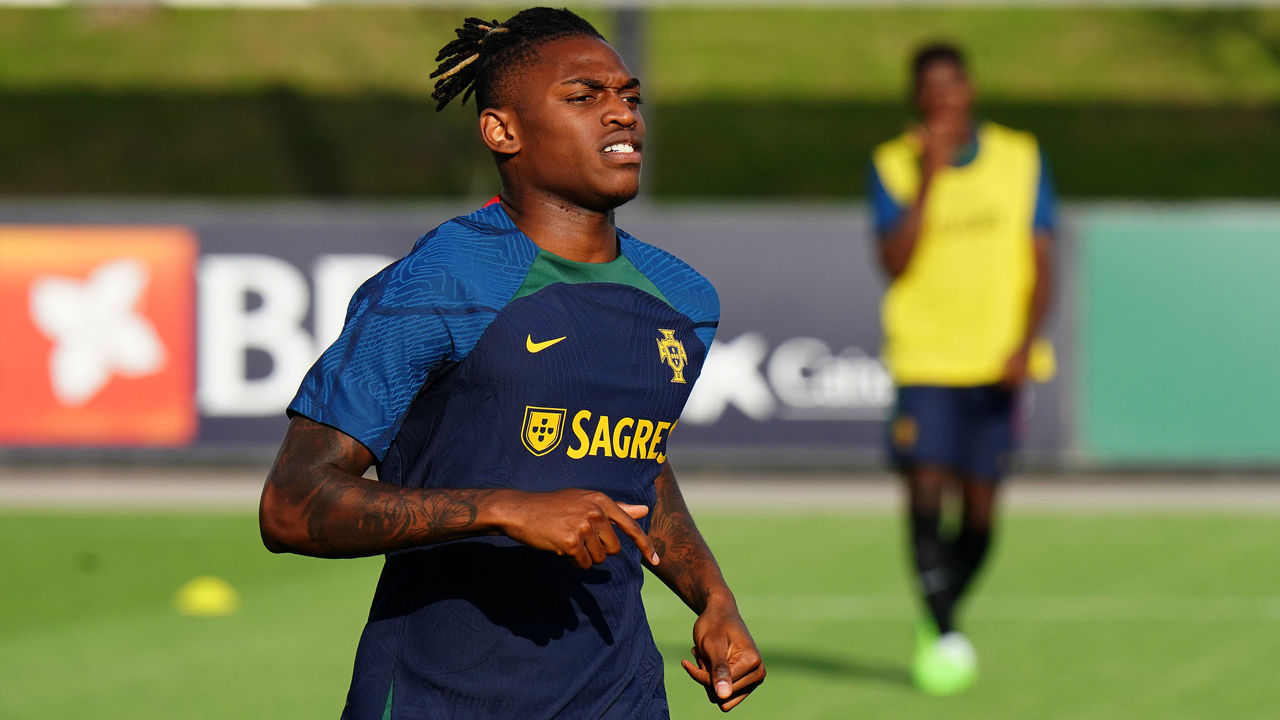
Portugal: Rafael Leao. Leao is one of the biggest names on this list – he was named Serie A’s Most Valuable Player when AC Milan won the Scudetto last season – but it still seems the Portuguese phenom is a little overlooked. The 23-year-old should be demanding a fee that comfortably exceeds €100 million when he eventually leaves Milan. Leao is incredibly entertaining to watch, with one of his unique trademarks being a knack for finding an extra gear as he surges past opponents.
Ghana: Mohammed Kudus. The 22-year-old is already playing in the Champions League with Ajax, where he scored with an explosive effort against Liverpool in September, and has played in every position in the midfield and attack during his career. This could be the competition where he realizes his huge potential.
Uruguay: Nicolas de la Cruz. The Uruguay squad is awash with players starring across Europe, but De la Cruz is 25 and has yet to venture outside South America. In recent months, the River Plate winger appears to have fought off Giorgian de Arrascaeta for a place in Diego Alonso’s starting lineup, and he could rack up a few assists while creating chances for Edinson Cavani, Darwin Nunez, and Luis Suarez.
South Korea: Cho Gue-sung. The worrying form of Hwang Ui-jo intensified Paulo Bento’s four-year search for a No. 9. Jeonbuk Hyundai Motors’ Cho may be the player to belatedly answer his head coach’s prayers. “He has everything: a physical presence, he’s decent in the air, can finish, and perhaps most importantly has great movement,” K League United associate editor Paul Neat explained to theScore.
